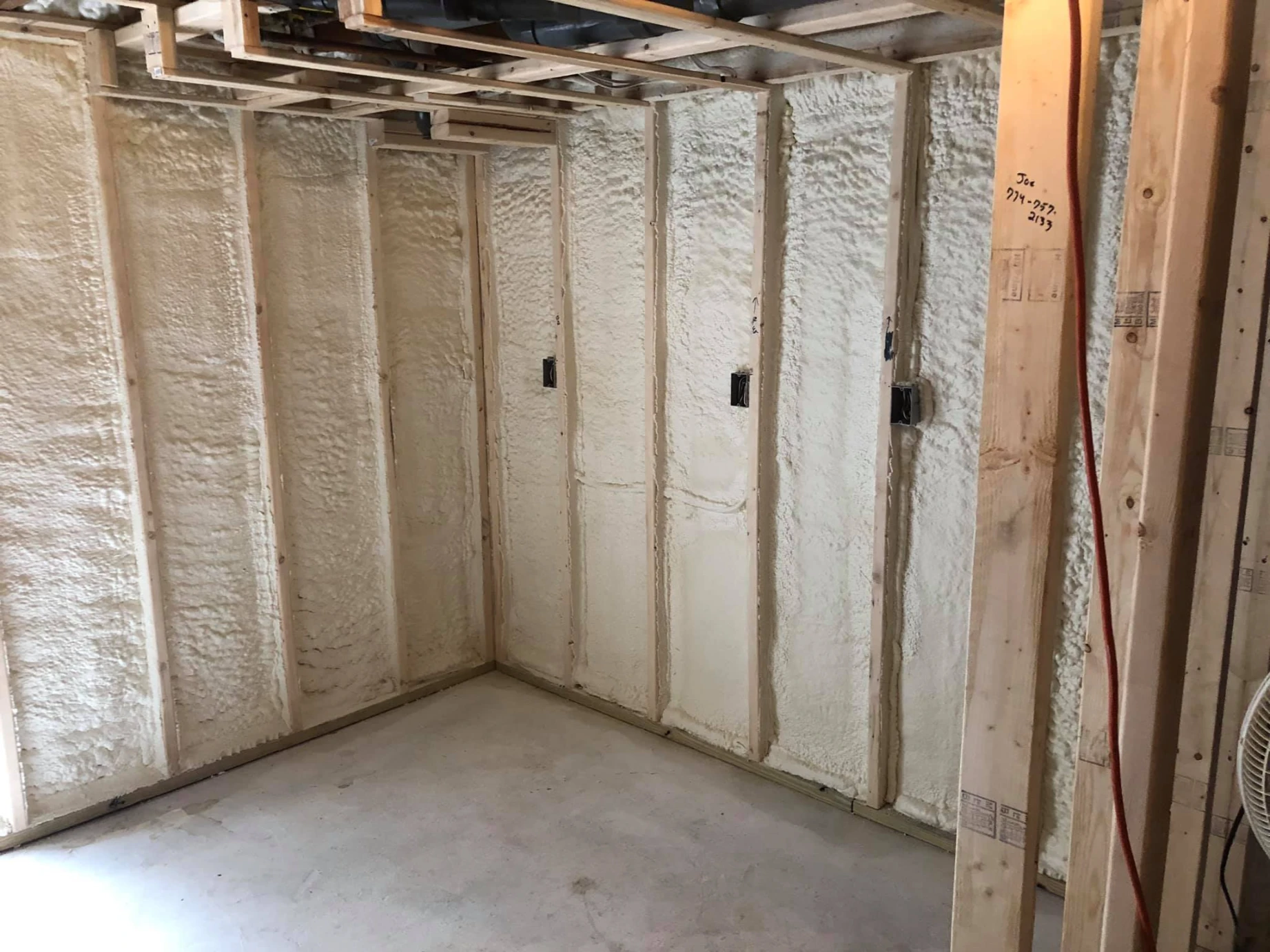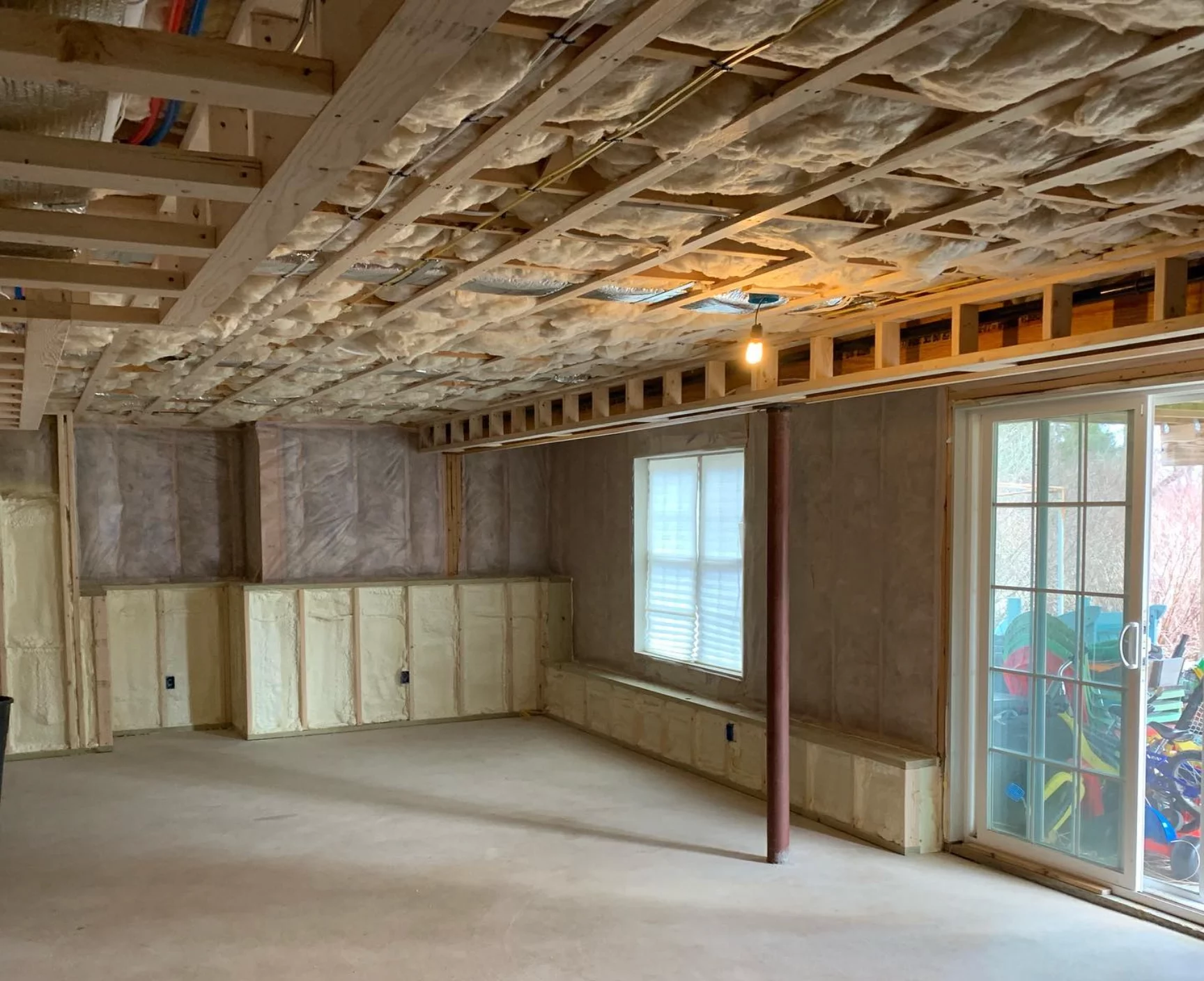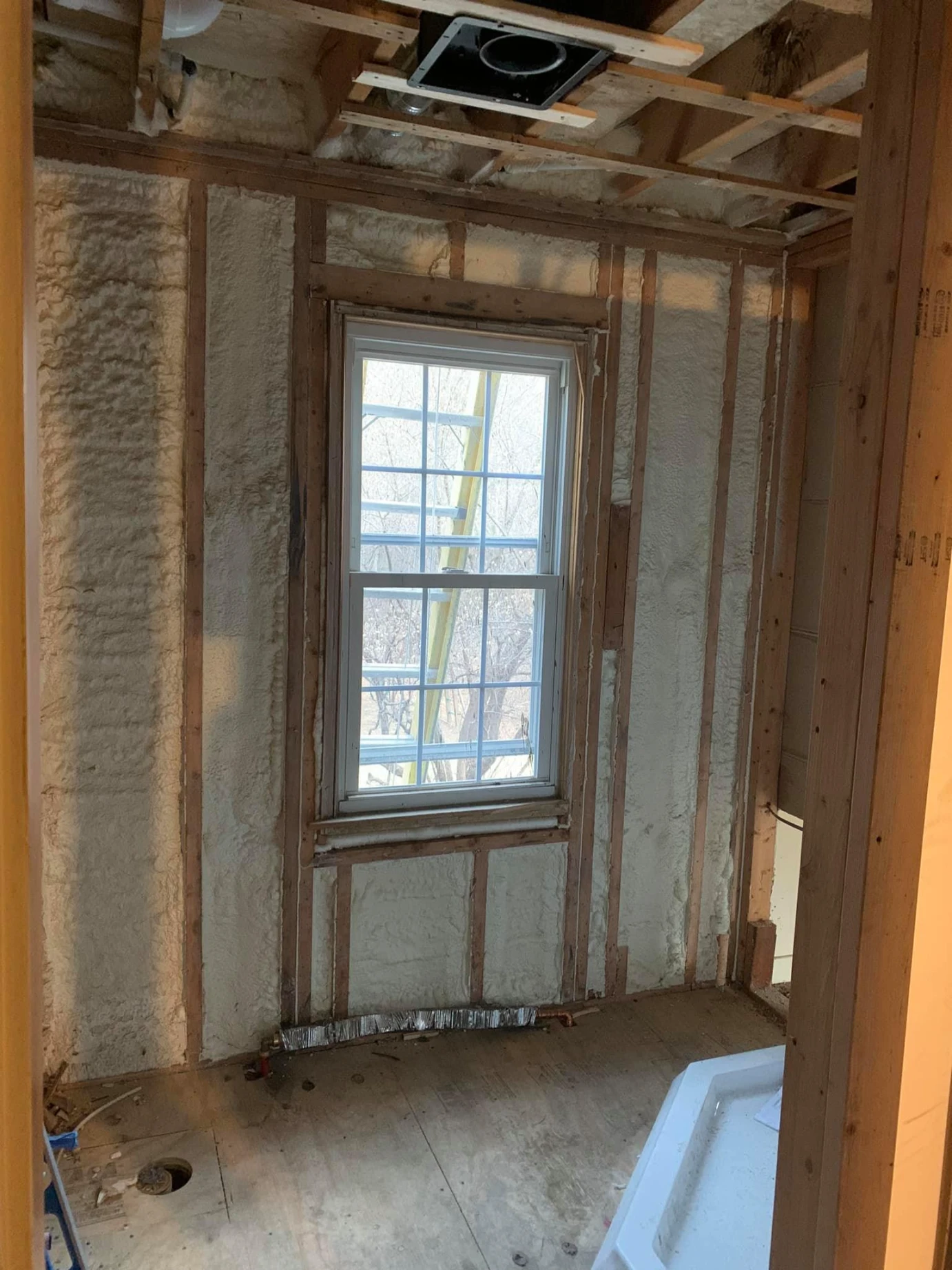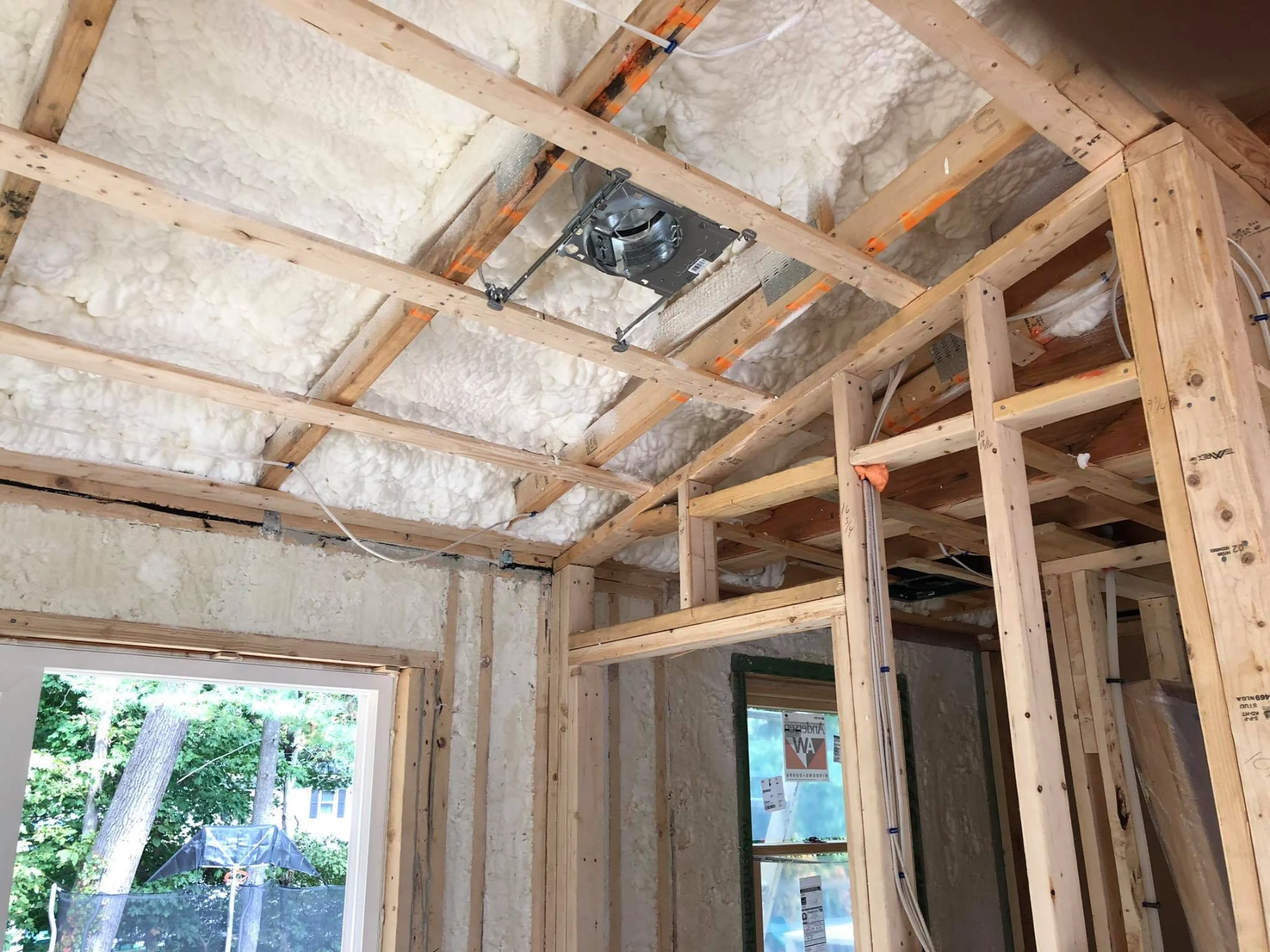

Dense pack cellulose provides high thermal performance, reduces air movement, and supports long-term energy efficiency. In Springfield, MA, where seasonal temperature swings are frequent, this insulation solution effectively fills cavities, including irregular or hard-to-reach wall sections. It offers superior air sealing compared to batt insulation and addresses both thermal and sound insulation needs.
This article outlines the top 10 benefits using dense pack cellulose, backed by technical insights and regional expertise based on on-site experience in Massachusetts homes. The following sections explain practical advantages, climate-specific considerations, and factors to evaluate before making a decision.
Springfield’s climate demands insulation that performs in both hot summers and cold winters. Dense pack cellulose has an R-value of approximately 3.6 to 3.8 per inch, offering balanced resistance to heat transfer.
Dense pack cellulose is blown into cavities under pressure, effectively sealing gaps and voids. This reduces uncontrolled air leakage and supports better indoor comfort.
Bonus Tip: Always pair dense pack cellulose with proper vapor retarders to manage indoor humidity levels more effectively.
This material dampens sound transmission through walls and floors more effectively than fiberglass due to its dense, fibrous structure.
Made from recycled newspaper treated with borate for fire resistance and pest control, dense pack cellulose appeals to property owners seeking sustainable options.
Properly installed dense pack cellulose prevents moisture accumulation, reducing the risk of mold in high-humidity areas common in older Springfield basements and attics.
Borate treatment enhances fire resistance, providing better performance than untreated insulation types.
Dense application fills gaps and irregular framing cavities, minimizing thermal bridging often seen in wood-framed homes in Springfield’s historic districts.
Many Springfield properties feature plaster walls or balloon framing. Dense pack cellulose can be applied without major wall alterations, preserving structural integrity.
Bonus Tip: Use dense pack cellulose to improve energy performance in multi-family conversions from older single-family homes, a common trend in Springfield neighborhoods.
Field studies, such as those conducted by the Building Science Corporation, indicate cellulose reduces air infiltration rates by up to 30% compared to fiberglass batts.
When installed correctly, dense pack cellulose does not settle significantly over time, maintaining performance.
| Property | Dense Pack Cellulose | Fiberglass Batt | Open-Cell Spray Foam |
|---|---|---|---|
| R-Value per Inch | 3.6 – 3.8 | 3.2 – 3.4 | 3.5 – 3.6 |
| Air Sealing Capability | High | Low | Moderate |
| Sound Dampening | High | Moderate | Moderate |
| Moisture Resistance | Moderate | Low | High |
| Fire Retardancy | Treated with Borate | Untreated | Varies by brand |
| Application in Irregular Cavities | Excellent | Poor | Good |
| Suitability for Older Homes | High | Low | Moderate |
| Specification | Value / Description |
|---|---|
| Material Composition | Recycled cellulose with borate treatment |
| Installation Method | Dense-pack (blown-in under pressure) |
| Typical R-Value per Inch | 3.6 – 3.8 |
| Fire Resistance | Class 1 (meets ASTM E84) |
| Settling Rate (Proper Install) | <2% over lifetime |
| Vapor Retarder Required | Yes (depending on climate zone) |

Most projects are completed in 1–2 days, depending on house size and cavity accessibility.
Yes. Installers drill small access holes and patch them afterward.
It is used in sloped ceilings and closed cavities. Loose-fill cellulose is preferred for open attic floors.
Yes. It significantly reduces airborne noise through walls.
Dense pack cellulose in Springfield is effective for seasonal climate, especially in older or retrofit-prone homes. It delivers air sealing, sound reduction, fire resistance, and energy savings. Proper installation is essential for long-term reliability.
Assess wall structure, moisture conditions, and installation access before deciding. Dense pack cellulose works best when installed by experienced professionals who understand framing patterns and thermal dynamics.
For Springfield property owners considering insulation upgrades, Lamothe Spray Foam Insulation offers dense pack cellulose and related services backed by on-site experience. To get expert input on your insulation project, reach out via [email protected] or call (508) 847-0119.
If installed correctly, the material retains thermal and air-sealing performance with minimal settling.
Borate treatment deters insects, but rodents may still disturb it if entry points exist.
No active maintenance is needed, but routine home inspections help identify moisture or pest issues early.
No. Once removed or disturbed, it must be replaced.
Yes. It contains no fiberglass or formaldehyde, and borate discourages mold growth.


